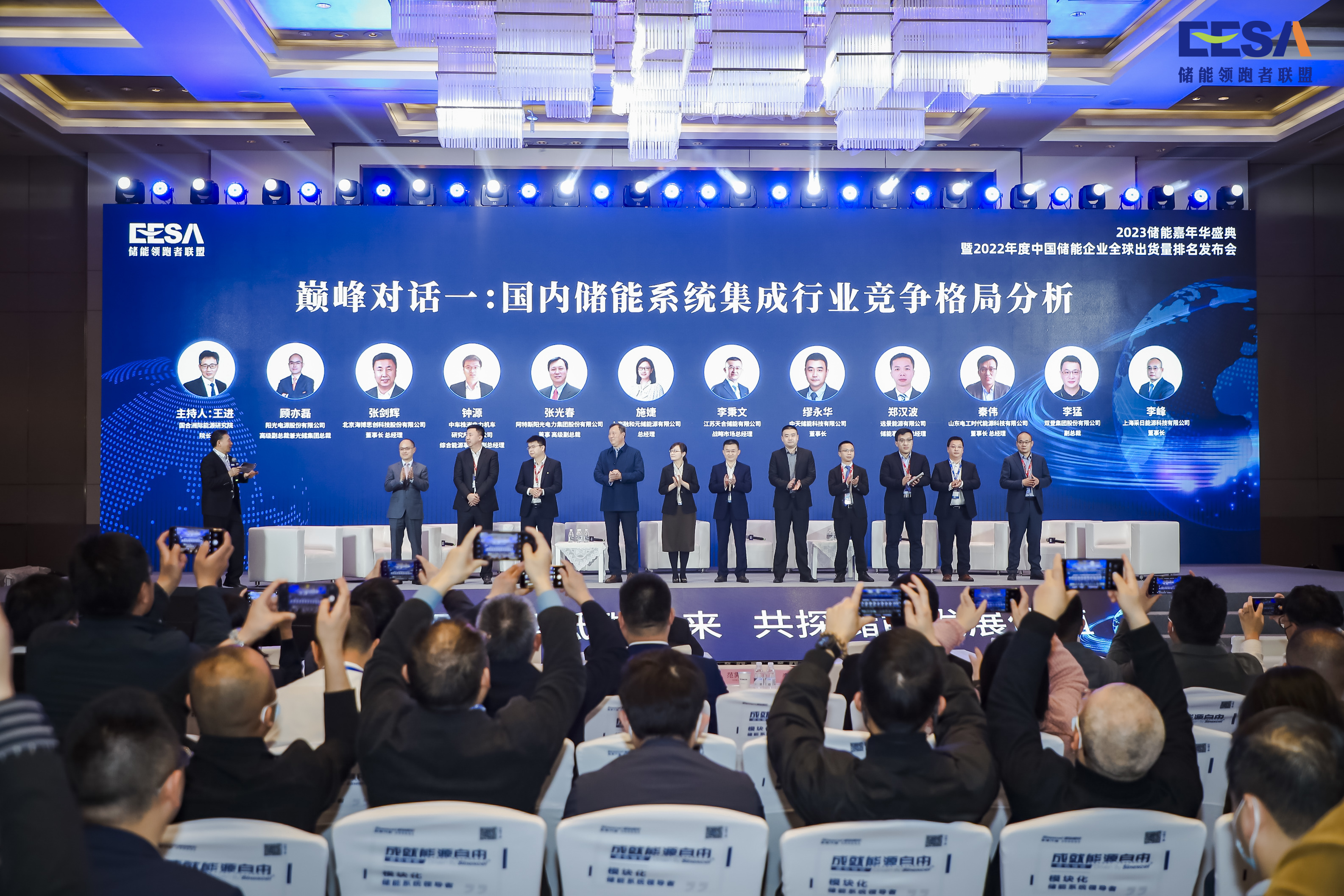
On March 27, Summit of 2023 ESS Carnival organized by the Alliance EESA was grandly held in Jiading, Shanghai. Main industry leaders gathered on the summit and discussed on the main industry concerns and trends. During the roundtable discussion session, the industry entrepreneurs were quite straightforward and pointed out the main challenges and barriers of the ESS industry.
They also pointed out that the competition in the energy storage industry does not real lie in the competition among peers in the electric energy storage field, but more in the cost contrast of the renewable electricity generated from PV storage integrated solutions with traditional coal power; more in the average storage costs of electrochemical energy storage comparing with pumped hydro storage technology. The key lies in the self-improvement of electrochemical energy storage in terms of safety and commercial value.
The main challenges of ESS integration lie in how can the mind of project participants shift from project-oriented to product-oriented, lie in how to realize the real synergistic integration interaction of power electronics, electrochemistry and grid support technologies for energy storage system and lie in, how can ESS system integrators continuously improve their competitiveness in terms of technological innovation, market development and cost control?
PART 1 The competitive landscape of China's energy storage industry has been emerged
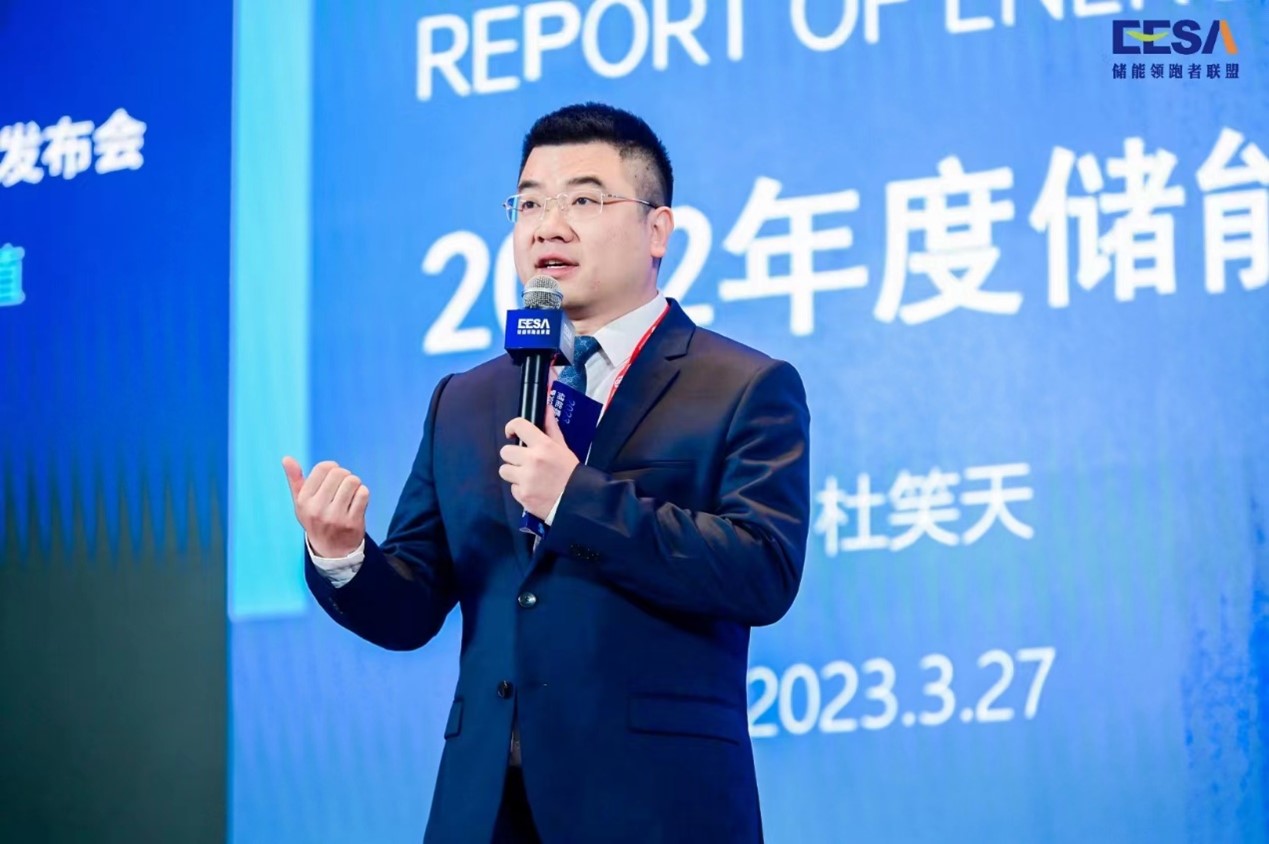
From Chairman Tim Du’s report on strategic insights of energy storage market and industry shipment rankings, we can see that the competitive landscape of China’s energy storage industry has emerged, and the leaders of each core role in the industry chain have been initially determined, such as the Sungrow, BYD, HyperStrong in system integration sector; CATL, BYD, and EVE in the energy storage batteries sector; Sungrow, Kehua and SINENG in the field of 30kW above PCS; Pylontech, Huawei and BYD in the field of home energy storage; as well as BMSer, GOLD Electric and Kgooer in the third-party energy storage BMS field.
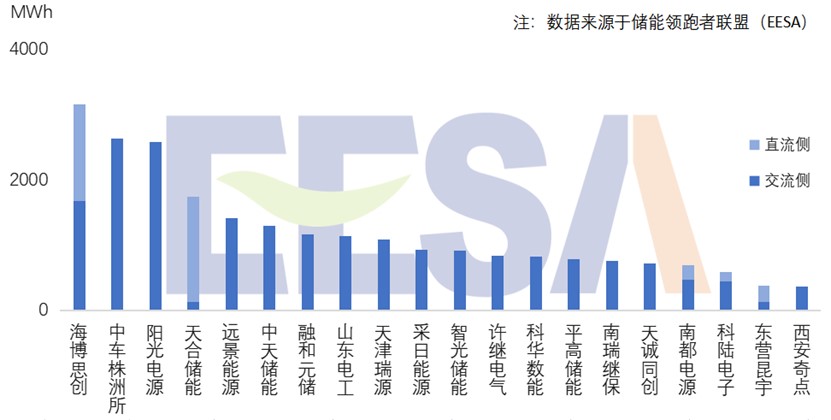
2022 shipments ranking of Chinese ESS system integrators (household ESS excl.)
In the subsequent roundtable dialogue, leaders of leading system integration companies such as Sungrow and HyperStrong also emphasized the importance of energy storage safety, technological innovation, product standardization, cost control, market development etc. The energy storage industry is gradually becoming mature, standardized, and normalized.
PART 2 The higher level insights on energy storage competition
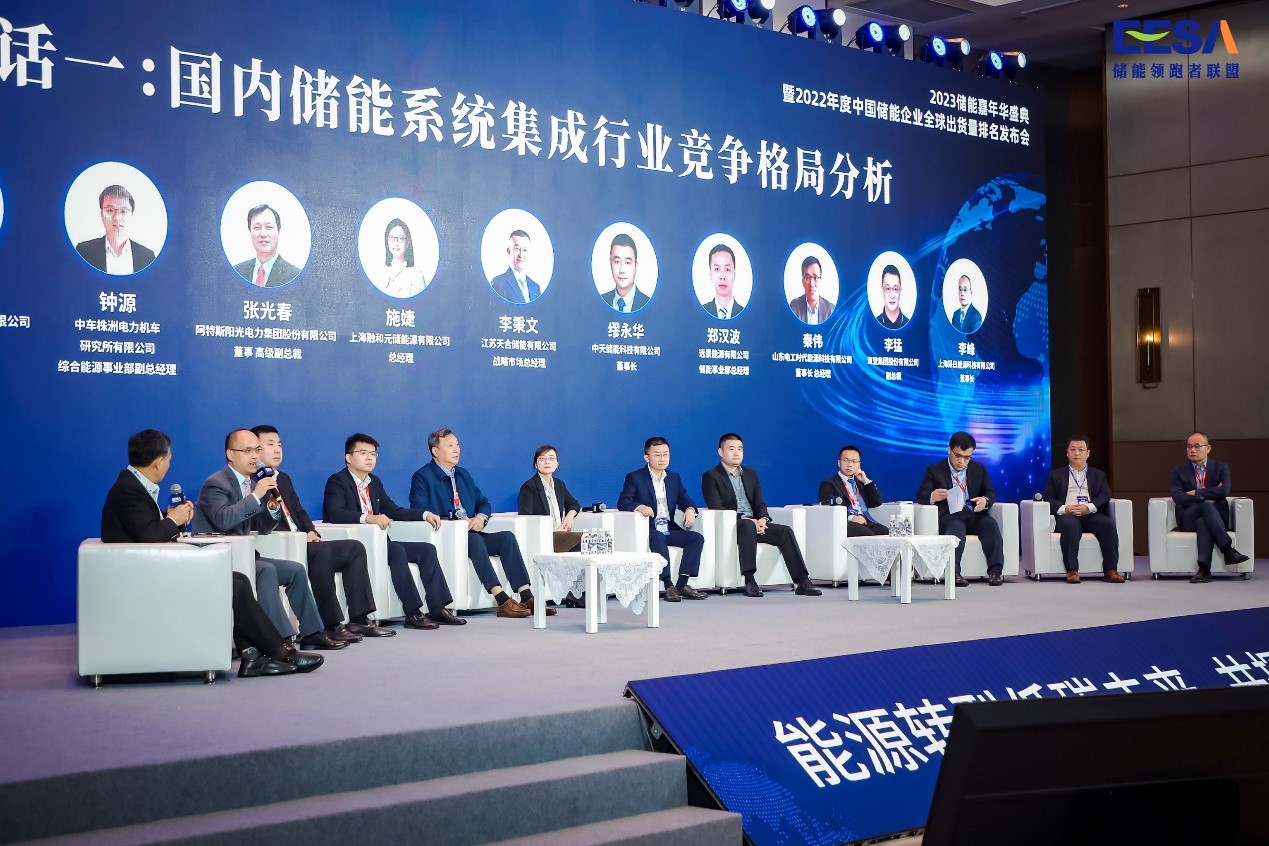
In the roundtable dialogue hosted by Dean Wang Jin, the participating entrepreneurs shared higher-level insights.
01. The current electric energy storage market is a bit like the photovoltaic market 15 years ago
As Mr. Zhang Guangchun of Canadian Solar said, the new electric energy storage market is a bit chaotic, a bit like the photovoltaic market 15 years ago. And China's electric energy storage market may also go through the industrialization path that photovoltaics have gone through.
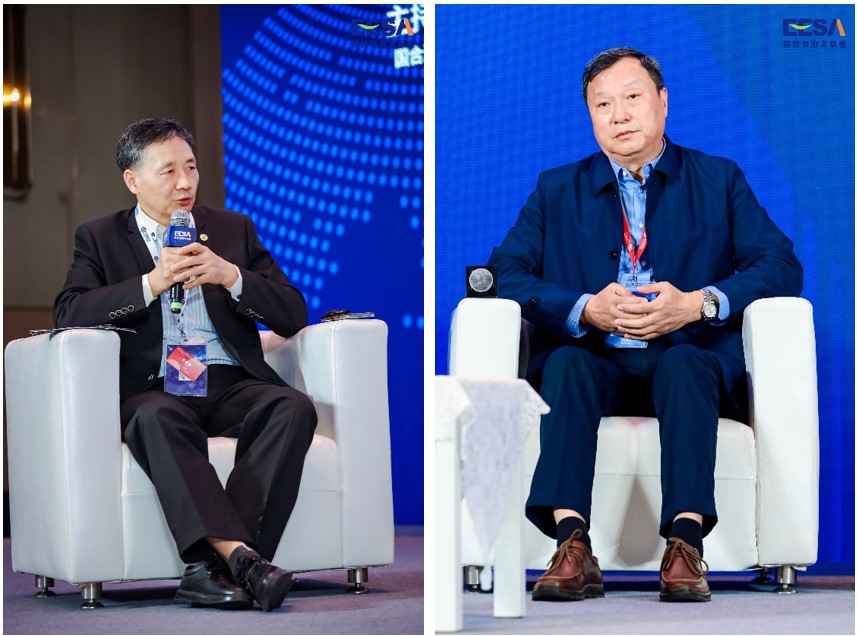
02. Energy storage, effective regulation means for energy transition
When asked about the opinions on competitive landscape of the energy storage by Dean Wang, the participating entrepreneurs shared higher-level insights. Just like the real competitors of electric vehicles are traditional fuel vehicles rather than electric vehicle peers, today's renewable energy accounts for only a small part of energy source, so they also pointed out that the competition in the energy storage industry does not really lie in the competition among peers in the electric energy storage field, but more in the energy cost and stability in contrast of solar battery solutions with traditional coal power; more in the average storage cost of electrochemical energy storage comparing with pumped hydro storage technology. The key is the improvement of safety and commercial value of electrochemical energy storage itself.
As Mr Dong Hui, Chief Expert from China Electric Power Research Institute and Ms Jie Shi, General Manager of Shanghai Ronghe BESS Energy, have mentioned, energy storage for utility application must be fully integrated and interactive with the public grid. ESS system providers need to really understand the demand of ensuring supply, extreme safe and improving regulation capability of power network from utilities. ESS system providers need to eliminate concerns about application value and safety of power generation groups.
03. Safety is the bottom line that must be kept
In addition, almost all the participants mentioned that the safety of energy storage is the bottom line that must be kept. Mr Li Feng, Chairman of Sermatec Energy, believes that safety is the base of energy storage application. Qin Wei, Chairman and General Manager of SDEE (part of state-owned enterprise China Electrical Equipment Group), also mentioned that at present, ESS system integrators are mainly developing from a key component manufacturer to integration business. Those who is really excel in power equipment integration are seldom. He called on that ESS equipment providers should change their mind from engineering to product thinking. The power grid has always been concerned about the safety and reliability of energy storage systems. Technical innovation is necessary, but reliability is more important. Safety is the bottom line that must be kept. If another major safety accident occurs, it might destroy the reputation of whole ESS industry.
Therefore, the competition in the energy storage industry lies in who can eliminate the concerns about safety of power generation groups and enhance their confidence on profitability of energy storage, lies in the transition from energy storage engineering thinking to standardized products. The key is improving customers’ recognition of the value and safety level of energy storage.
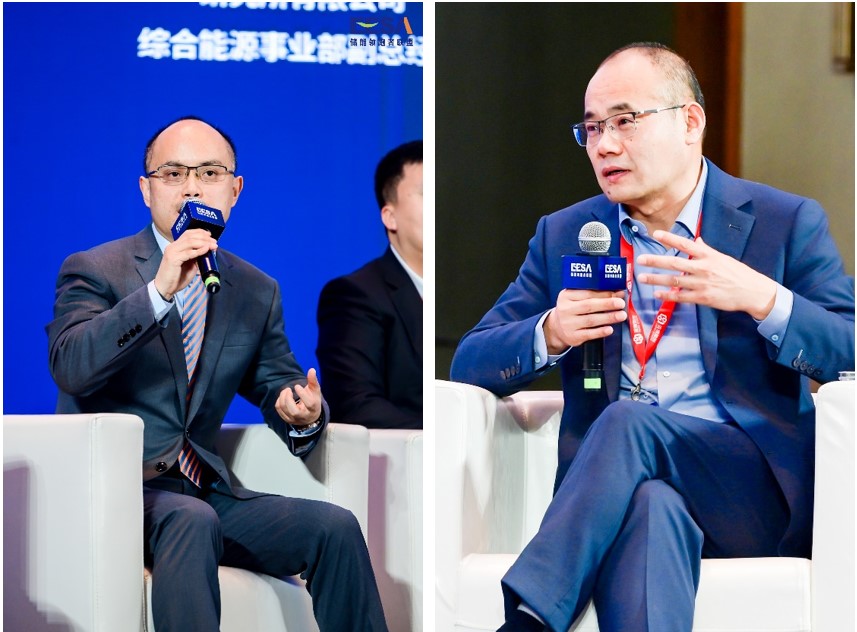
04. The challenge: integration of power electronics, electrochemistry, and grid support technologies
As Dr Yilei Gu of Sungrow said, for energy storage integrators, the core challenge of energy storage systems lies in safety in a broad sense:
l The equipment itself should not explode or catch fire
l Personal and property safety
l Grid connection security
l Operation and maintenance security
l Income security
Dr Gu mentioned that there have been hundreds of system safety accidents around the world, 80% of which are due to inadequate design of energy storage systems (low monitoring accuracy, overcharging or over discharging, lack of pre-warning on thermal runaway, incompatibility of BMS and EMS, malfunction of fire extinguishing system etc.). Therefore, the core role and key challenge of system integrators is how to really integrate power electronics, electrochemical components, and grid support technologies together. That’s what Sungrow has been concentrated on for years and finally achieved. In Sungrow's energy storage system, a large amount of AI artificial intelligence algorithms has been adopted; its BMS, PCS, and EMS are all self-developed; the biggest risk could be on the battery cells, for which Sungrow have outsourced from top suppliers and done a lot of tests and incoming materials inspection, to have a strict control on the system quality and safety.
PART 3 Technology innovation, market development and cost control capabilities are three major elements professional integrators should focus on
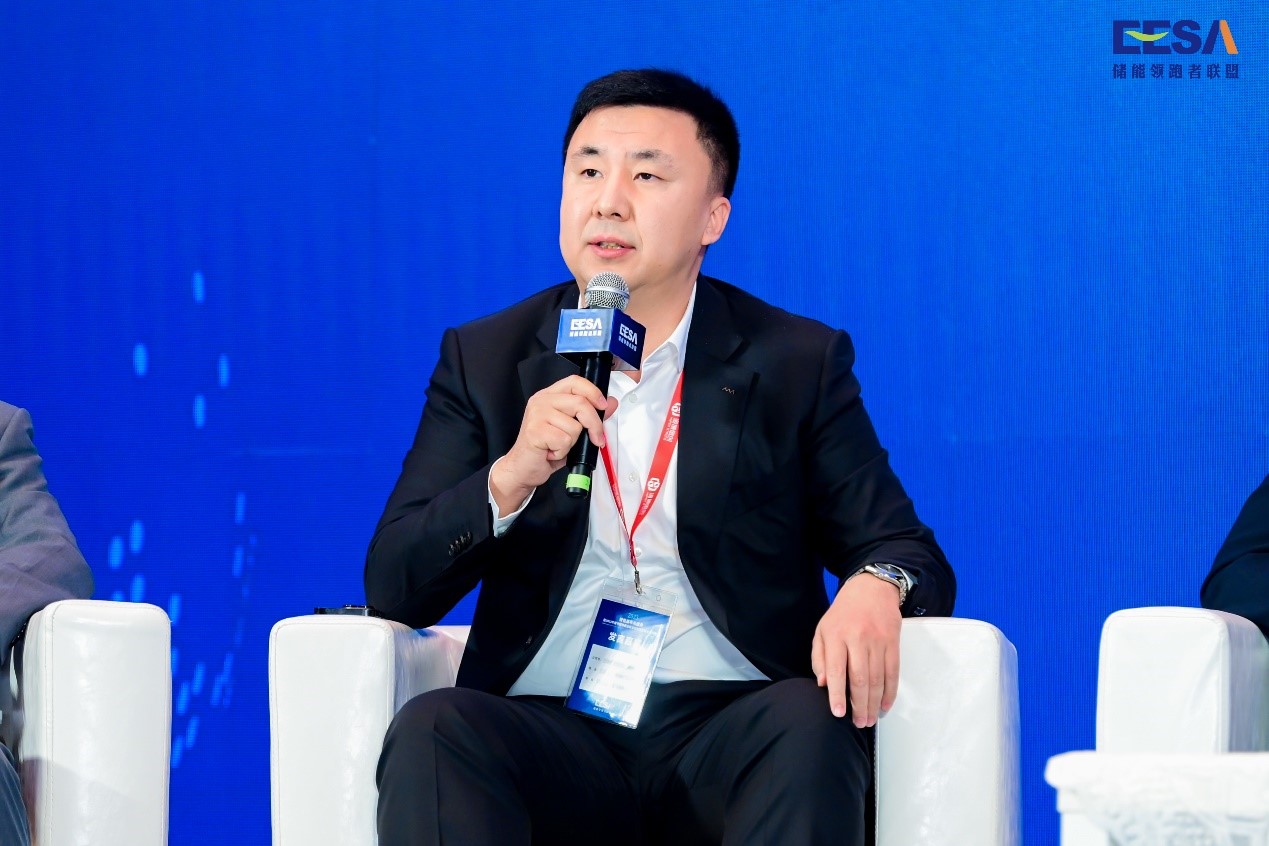
Mr. Jianhui Zhang, Chairman of Beijing HyperStrong gave us a quick review on the history of China's power energy storage industry: from early technology projects, to behind-the-meter energy storage between 2016 and 2017, to the short-term soaring of orders from utilities in 2018, to the frequency regulation on coal power with energy storage in 2019, after 2020, with the national carbon neutrality policies net policy since 2020.
When asked about what core competitiveness energy storage integrators should build on, Mr. Zhang believes that innovation, market development and cost control capabilities are the three major dimensions that professional integrators should focus on.
01. Innovation. System integrator must focus on technical innovation. Otherwise, it will fall behind an lose its market share
Energy density. For example, the energy density of the energy storage system is improving from 2020 to 2022, the electricity contained in a 40ft container will increase from 2MWh+ to 6MWh+, and every time the volume energy density doubles, the average system integration cost will decrease 30% to 40%. Therefore, such an improvement is a big leap in the integration technology. The unit capacity of battery cell is already 300Ah+, and the mainstream cooling technology of container ESS have already shifted from air cooling to liquid cooling, system design has been fully improved on mechanical side, thermal management and fire extinguishing etc.
Software innovation. Mr Zhang mentioned that HyperStrong has a huge investment of over 100 million CNY on the establishment of battery and system testing center, researching on the modeling of battery cells, strategy on battery management, integration strategy with power electronics as well as to top-level algorithms, including algorithms such as strategy for spot trading on electricity trading market, all those have a higher requirement on the integrators.
02. Market development. Specific market development strategies varying from different markets and applications
Market development capability does not mean simply the ability to sell products at low cost and low price, but the ability to form targeted market development strategies for specific energy storage markets or application scenarios. For example, what are the market development strategies for the energy storage market on the power supply side, the independent and shared energy storage market, and the user-side energy storage market. This requires integrators to understand the pain points of customers, industry policy trends, and various typical configuration and operation strategies in detail. For example, how to lay out and select locations for independent shared energy storage, how to combine user-side energy storage with virtual power plants, how to develop overseas energy storage projects, and deploy relevant personnel are all the capabilities that system integrators need to possess.
03. Cost control. To establish a win-win ecological circle
The third key point Mr. Zhang mentioned is the cost control capability. Cost control is not simply to squeeze the supply side, but to establish a win-win ecosystem: how to connect the upstream battery manufacturing materials, the battery cells, and the downstream integrators together and establish ecological circle. Zero-sum game is not constructive and healthy, instead, Mr Zhang believes that we should cost down through scale demand, resource integration and smooth the path to supply chain financing etc. together with ecological partners.







